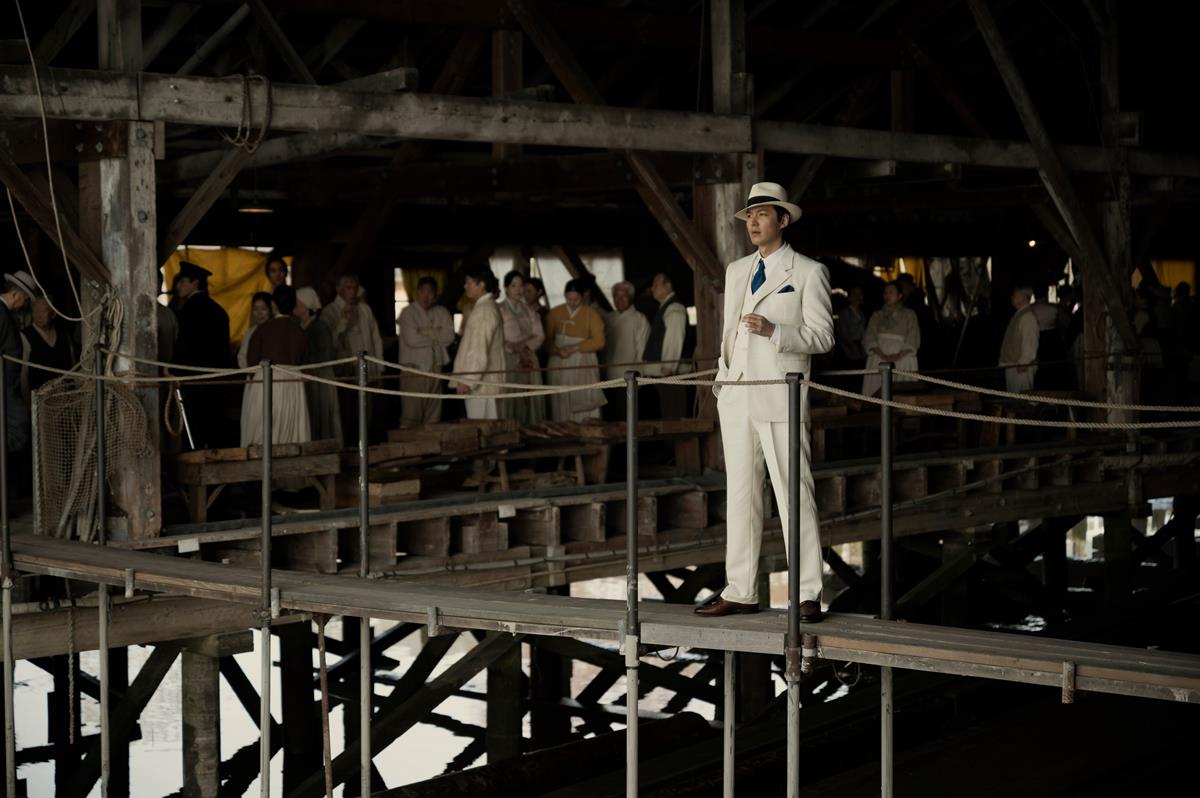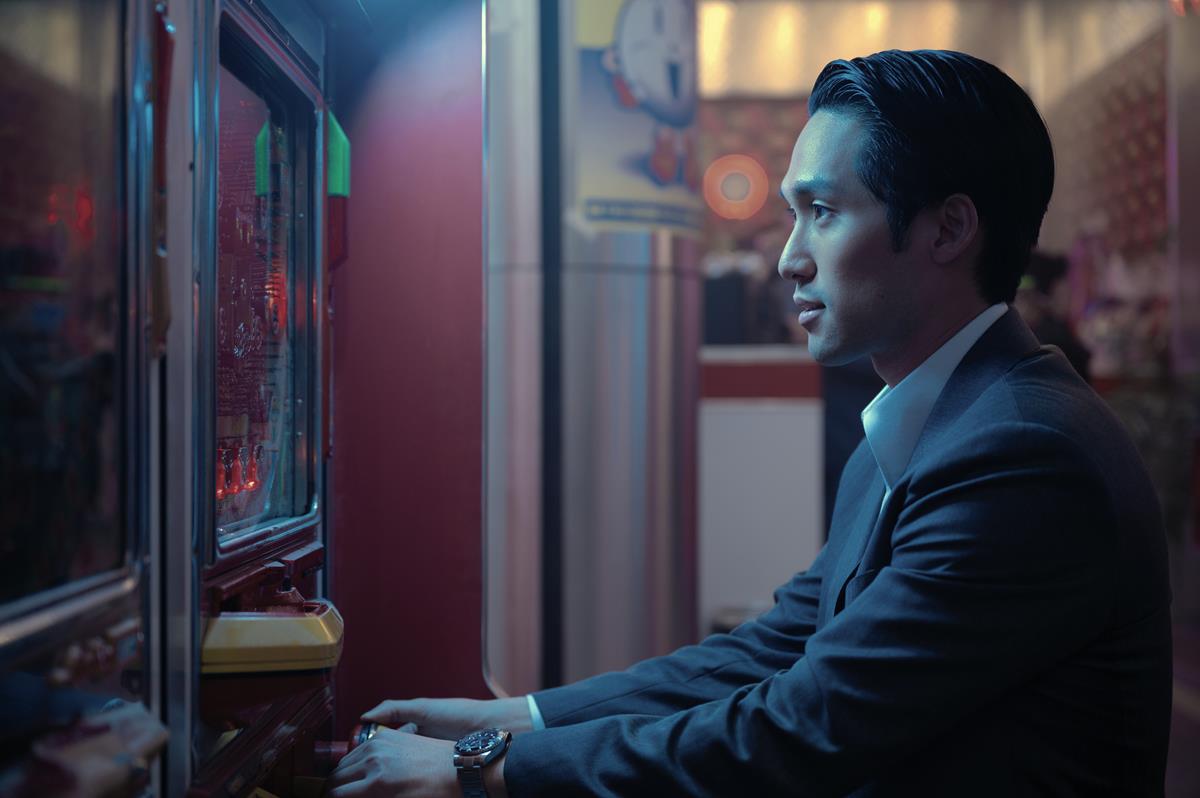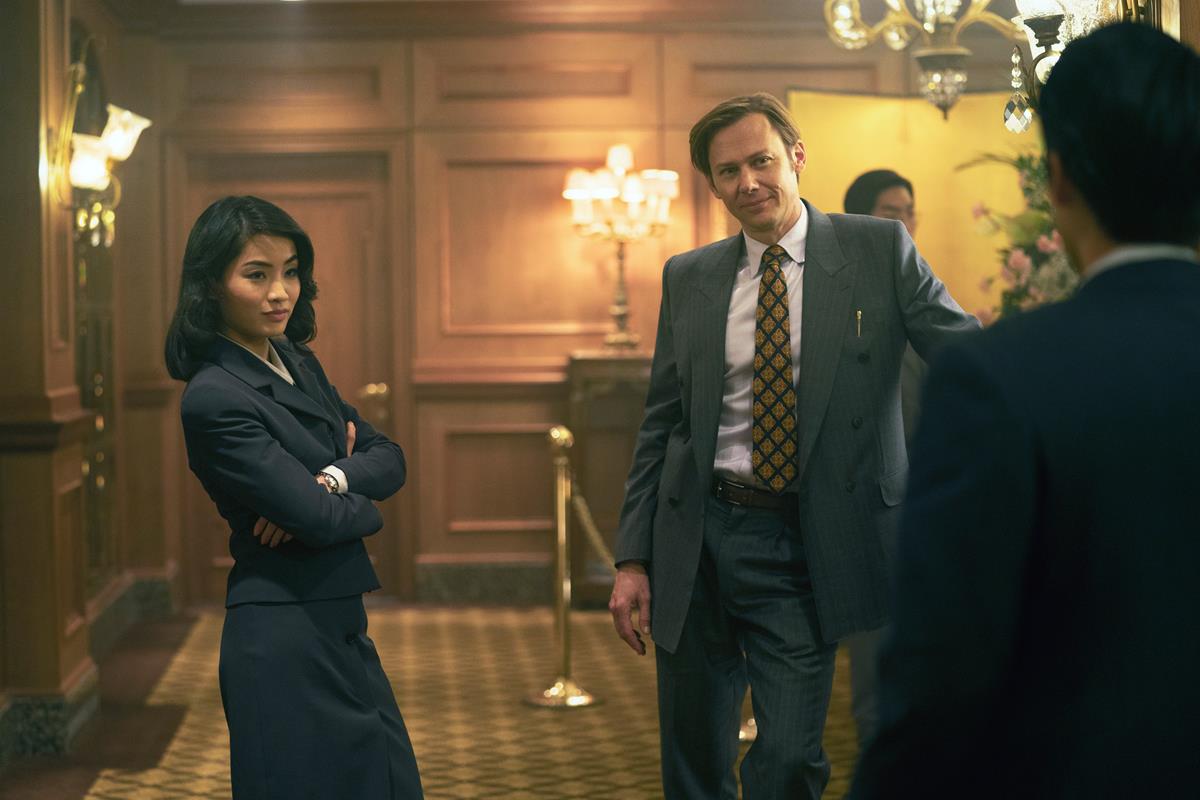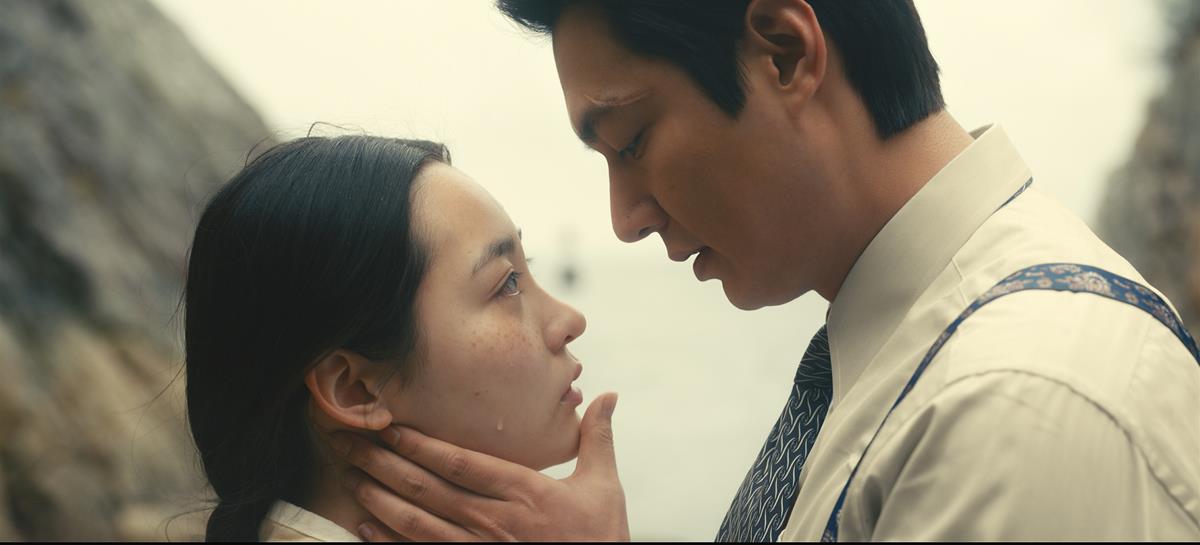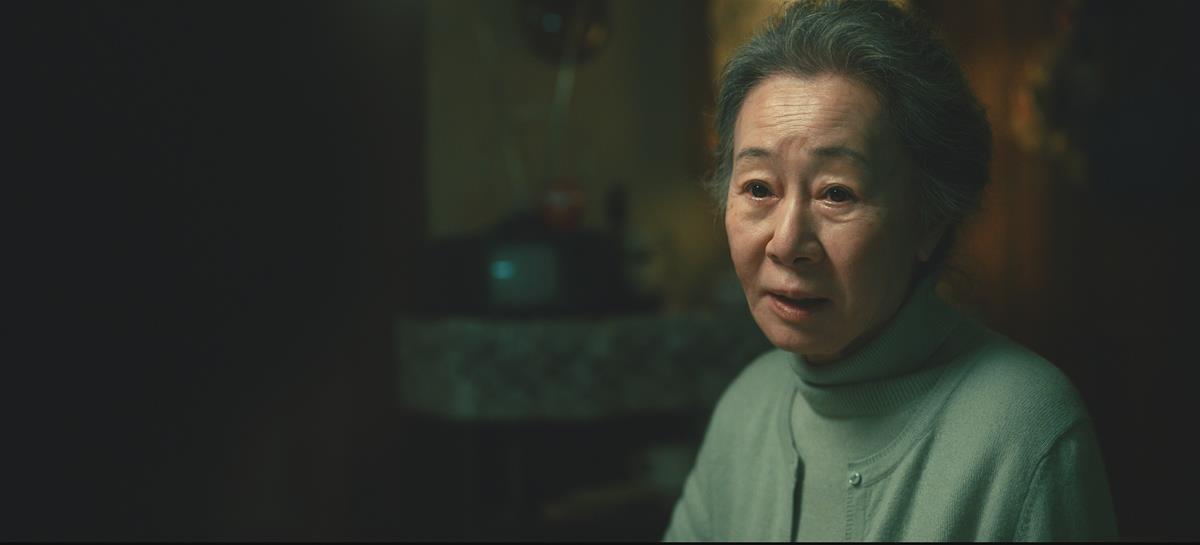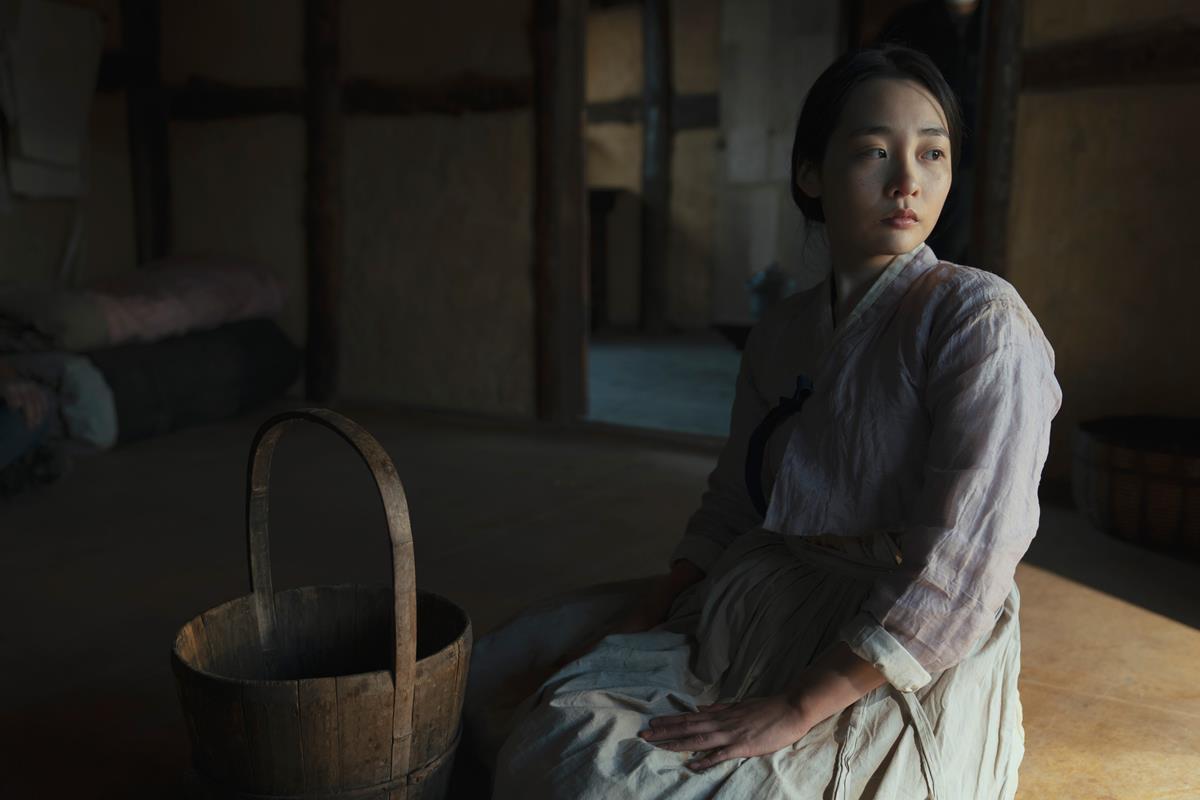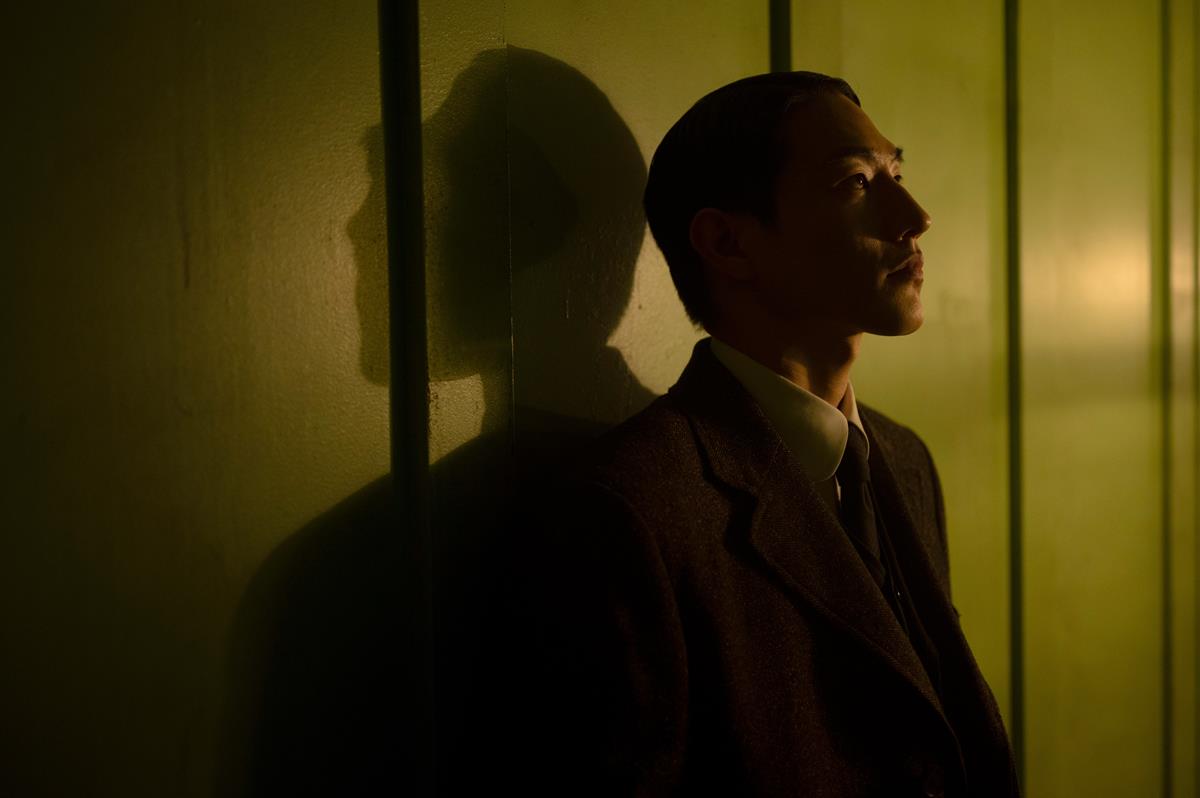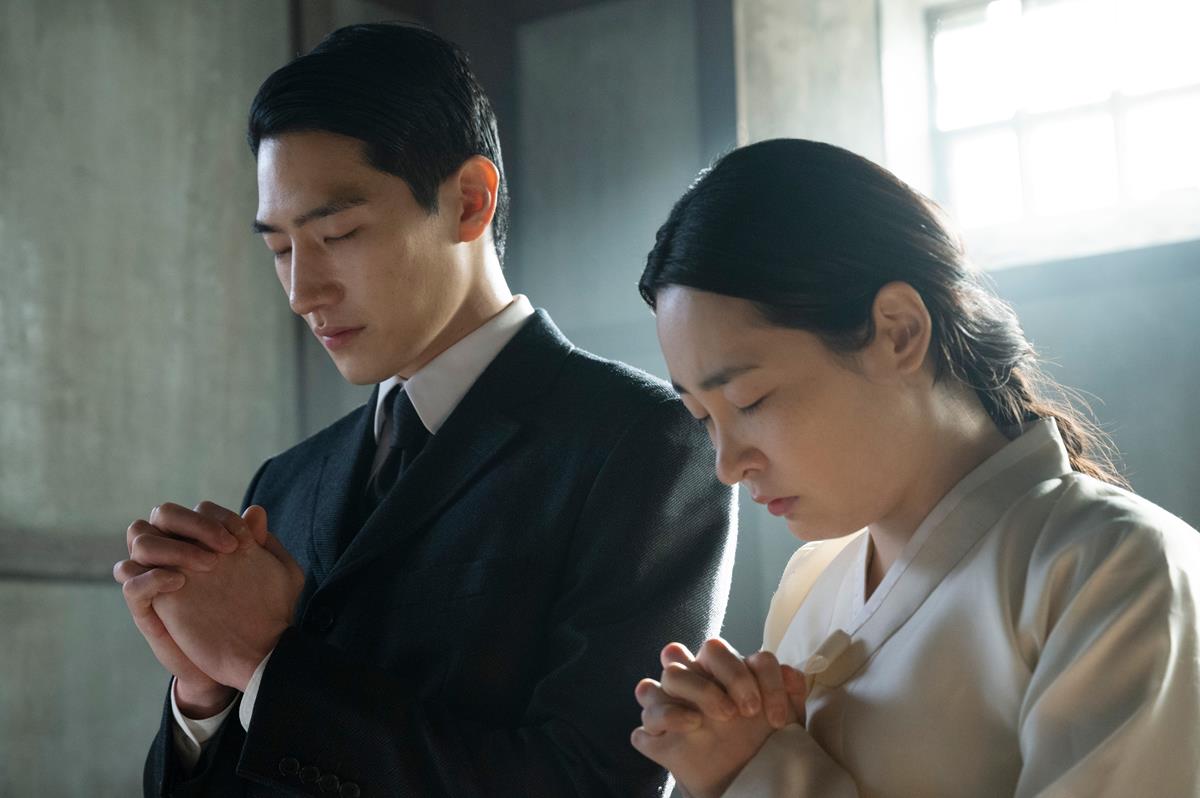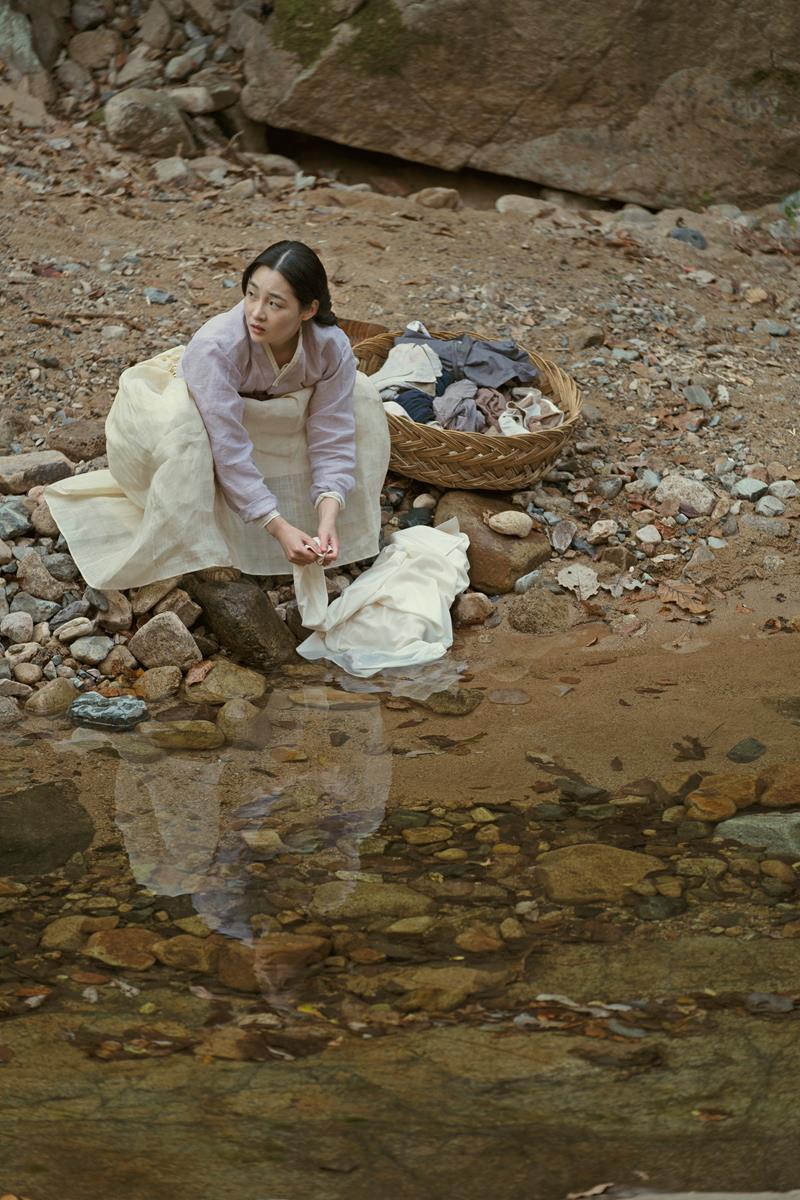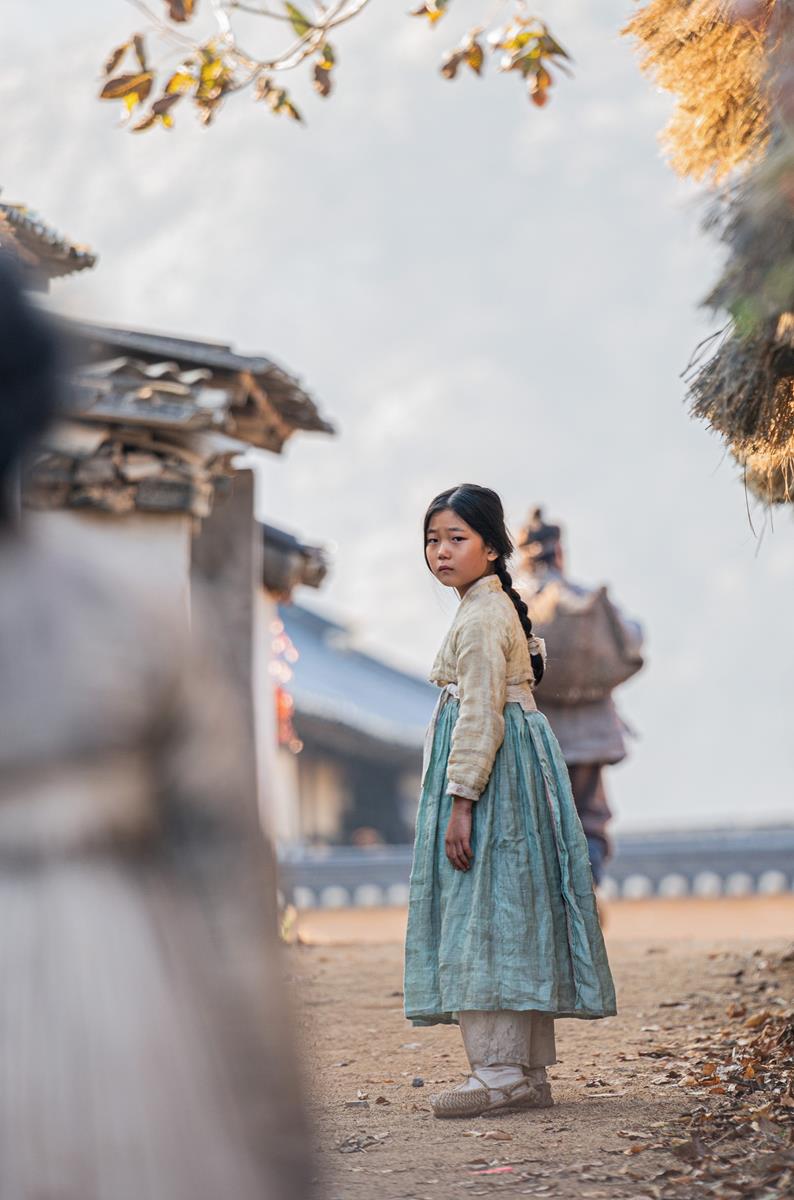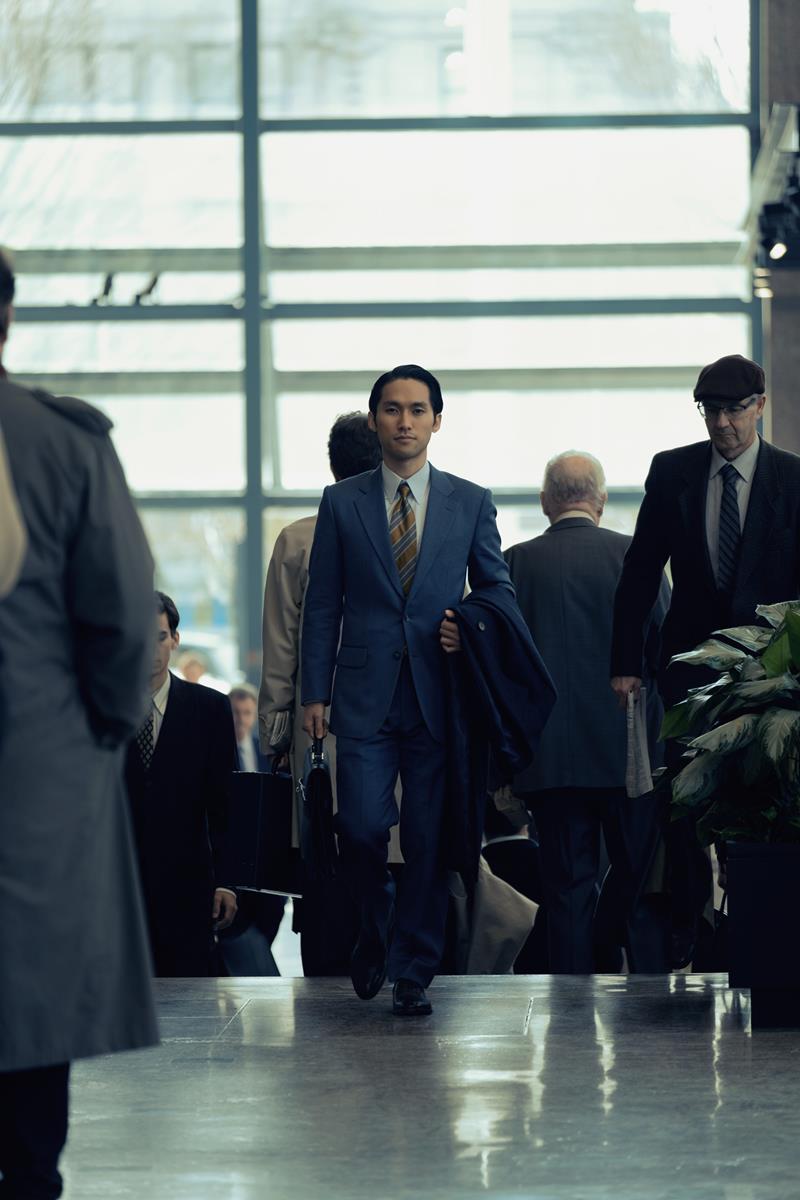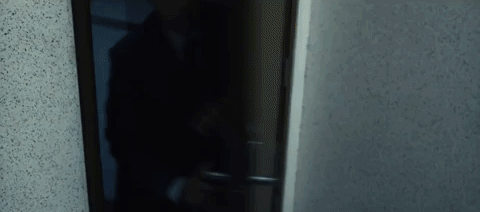
When author Min Jin Lee researched her book, “Pachinko,” she talked with a number of pachinko parlor owners in Japan about the popular game and the people who play it. She soon realized its worth as a general metaphor for life and a possible title for her 2017 book.
Playing this hybrid of pinball is usually rigged — as shown in the new Apple TV+ series — but still people play. As Lee told PopMatters, she could see in the trope “…that the world is an unfair place, and yet we continue to play, and we continue to show up. We have to.”
READ MORE: THE WORLD IS AN UNFAIR PLACE: AN INTERVIEW WITH MIN JIN LEE (PopMatters)
She ended up writing the game into her book, which is faithfully recreated for this Apple TV+ series of the same name. But this struggle against all odds theme is only fulfilled by the epic status pachinko is adorned with by the adapter and showrunner Soo Hugh.
The word “saga” hasn’t really been used on television since the days of The Winds of War or Rich Man Poor Man; it’s the visualization of the hefty holiday novel. But Pachinko wears the label well and is a classy and emotional journey through four generations of the same Korean family.
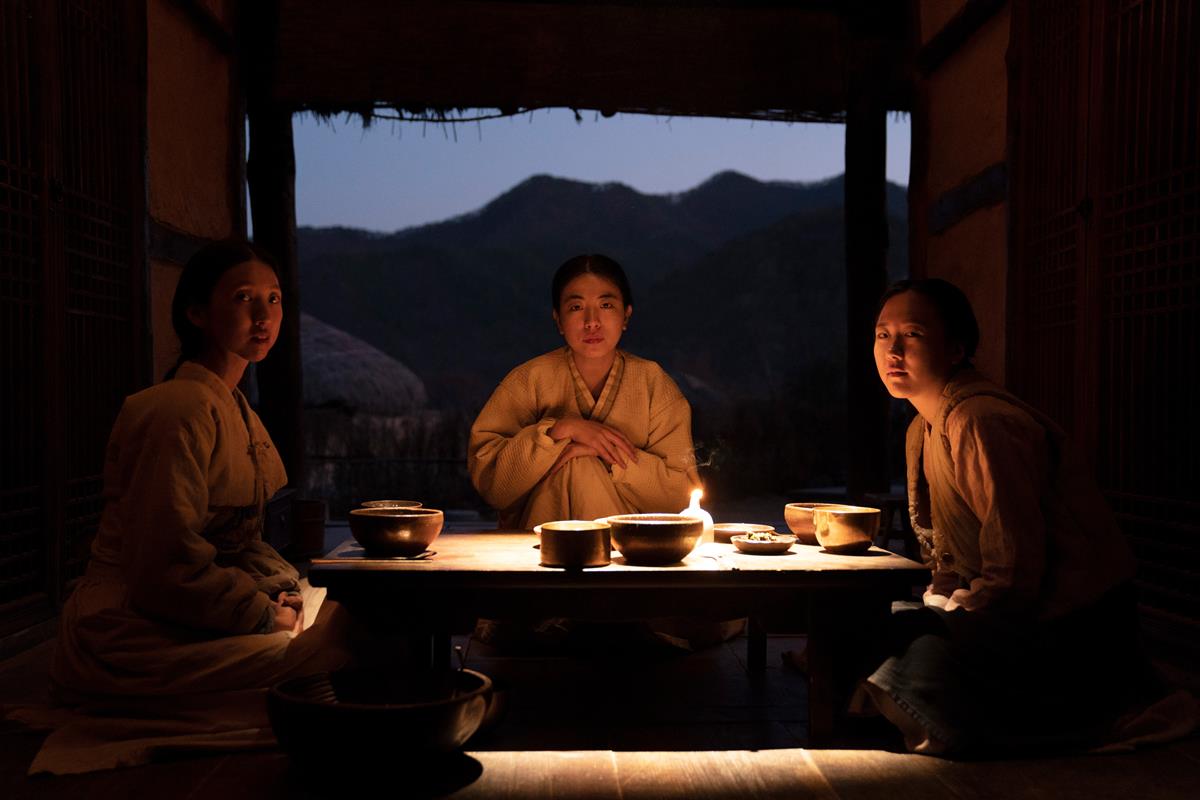
Melanie McFarland from Salon is enraptured by the story. “Pachinko is a pure and flawless beauty, written by Soo Hugh with enough weight for the story to gently impress itself on the heart and the memory, and portrayed with an uplifting buoyancy that sails the plot from one port to the next as part of a journey swirling the past through the present, showing how each sets the stage for the other,” she says.
READ MORE: The must-see “Pachinko” is a pure and flawless beauty about the unpredictability of living (Salon)
NOW STREAMING — BEHIND THE SCENES OF FAN-FAVORITE SERIES:
As the streaming wars rage on, consumers continue to be the clear winners with an abundance of series ripe for binging. See how your favorite episodics and limited series were brought to the screen with these hand-picked articles plucked from the NAB Amplify archives:
- “Severance:” Now, About Solving the Work/Life Balance…
- Entering “The Gilded Age”
- Class Is Definitely Not In Session: The Horror Delights of “All of Us Are Dead”
- “The Dropout” Is a Slow-Motion Car Crash (and We Can’t Look Away)
- The (Unavoidable) Universal Appeal of “Squid Game” Is By Design
Saloni Gajjar from AV Club is on the same page, “Pachinko is an extraordinary drama. Based on Min Jin Lee’s 2017 novel of the same name, it masterfully weaves the intricate tapestry of a Korean family with an expansive scope, spanning different cities, languages, and generations.”
READ MORE: Apple TV Plus’ Pachinko is an immersive, poignant, must-see journey (A.V. Club)
Filmmaker Magazine sets the scene, “In Pachinko, a Korean family struggles for a place in a hostile world. Born into poverty on occupied land, Sunja (played at different ages by Yuna, Minha Kim and Yuh-Jung Youn) emigrates from Busan to Osaka just before World War II.”
The origin story is Sunja’s, and we follow her from the annexation of Korea by Japan in 1915 to her life in Osaka as a grandmother. In such a sweeping tale the production needed two sets of directors and executive producers, Kogonada and Justin Chon, who made four episodes each. Kogonada directed episodes 1, 2, 3, and 7 while Chon directed 4, 5, 6, and 8.
Chon effused about working on such a show, “It would be foolish not to fight to be a part of this,” he said. He then continued to explain how different shooting was with the actors. “You have to photograph them differently. You need to light from angles to give the faces more depth. I like to create a bit more contrast to add character. Also, I tend to film more from a three-quarter angle than straight on for Asian faces.”
Kogonada brought with him his independent production discipline. “The biggest difference for us is that as independent filmmakers, we know when we’re shooting a scene exactly how we’re going to cut it. In my case, I do my own editing. This is the first time I’ve handed it over, which was a new experience. I can see real possibilities with that in the future.”
READ MORE: “Coexisting in the Same Universe”: Directors Justin Chon and Kogonada Discuss Dividing Directing Duties on the New Apple TV+ Series Pachinko (Filmmaker Magazine)
But Gajjaris right to highlight the craft in Pachinko. “The production design and cinematography are just as key to Pachinko, as the characters travel from boardrooms to narrow cobbled lanes, scenic islands to big cities, and devastation to solace.”

Shot in Korea and Canada (COVID-19 prevented filming in Japan), the show utilizes the whole spectrum of filmmaking tools, from giant pre-built backlots cleverly adapted from hit Korean dramas to Go-Pros strapped onto actors.
Cinematographer Florian Hoffmeister, who worked with director Kogonada on episodes 1,2, 3 and 7, cited pillars of Japanese cinema like Yasujirō Ozu and Kenji Mizoguchi as influences on the look of the series. “Kogonada is actually very interesting in the sense that he’s very convinced that cinema is as much a contemplation of space as it is about time,” he said. “Our focus was kind of rooting the characters [in Korea] because they would all take off and leave the actual space they’d call home.”
Showrunner Soo Hugh was at the heart of the aesthetic when she told IndieWire: “When I was writing the season overview, in terms of the tone and style, the one thing that was very important to me is that the past, any of the past, doesn’t feel like masterpiece theater. We [wanted to make sure] that these characters who live in the past don’t feel like they’re at an arm’s throw from us.”
But Hoffmeister and Kogonada were willing to renounce certain routines to underline that aesthetic idea. “We don’t necessarily like to shoot really close close-ups,” explained Hoffmeister. “With Kogonada, a close-up is maybe [what someone else would call] a medium shot — it includes the chest upwards. If you start shooting this way, if you don’t give an audience really tight close-ups immediately, I think you tune an audience into a different awareness.”
READ MORE: The Story of ‘Pachinko’ Can’t Be Contained by Time or Space (IndieWire)
Pachinko is full of visuals that are subtly different for avid watchers of drama in 2022, and is much better for it. The three-language approach isn’t the problem you might think it would be and the jumping around the century is unhindered by any color change to remind you of where you are.
However, Steve Greene from IndieWire sees such paraphernalia as part of the timeless, global approach, “Goodbyes and ultimatums are bathed in deep reds and blues, while composer Nico Muhly builds at least one main melodic idea out of a single, sparsely repeated note.”
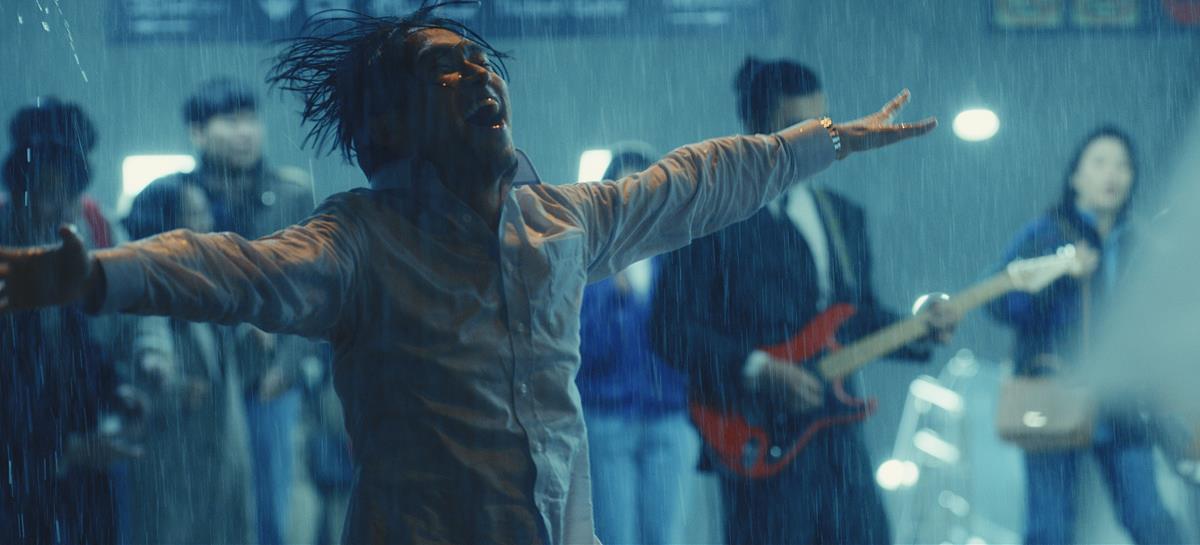
But he concludes his review with the eternal immigrant paradox: “One of the motivating drives behind Pachinko is the question of identity, not just in the one informed by birthplace or lineage, but dealing with the pressures of generations and to what extent someone can forge their own path.”
READ MORE: ‘Pachinko’ Review: A Gorgeous Family Drama That’s the Closest TV Can Get to a Shared Memory (IndieWire)
Want more? Cinematographer Florian Hoffmeister, BSC shares with the Go Creative Show how he created one cohesive look to represent multiple decades in Japan and Korea. He also discusses what Pachinko accomplishes as a story, how to effectively use space in cinematography, when to say no to a project, the logistics of using a camera crane on the water, and more:
Watch Hoffmeister delve further into the incredible look he created for Pachinko, his collaboration on the project with fellow DP Ante Cheng, and more for FilmmakerU:





